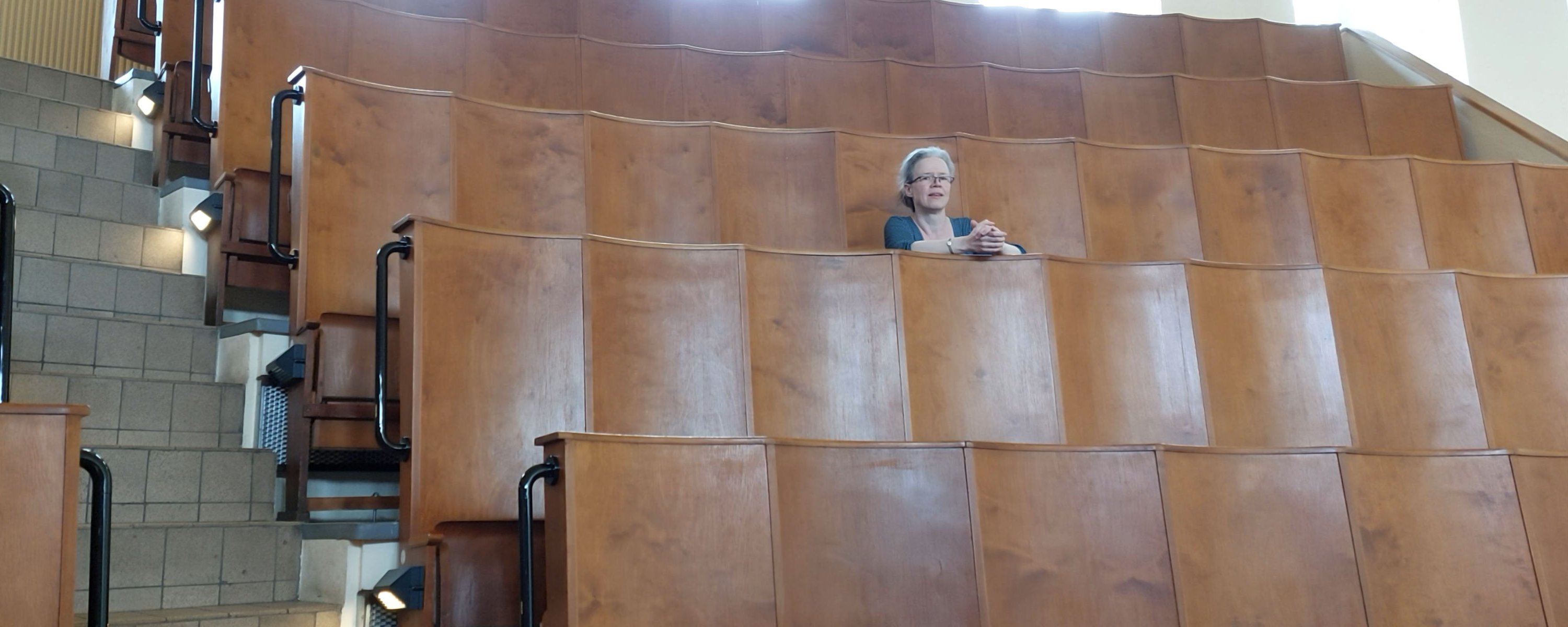My Research
It is common knowledge that materials from water to wood, from coal to a frying pan consist of atoms.Naturally, it's atoms of different type. For example, steel is an alloy of iron and carbon. The chemical formula for water is H2O. Hence, each molecule has two hydrogen atoms and one oxygen atom.If we look extremely close on the atomic scale, we can see that the atoms, e.g., in a piece of common salt consisting of sodium and chloride are in perfect order. Likewise in a slab of aluminium or in a piece of copper. However, this is a bit of a generalization. Naturally, there may be some missing atoms or it may include atoms from a different material.
And if we zoom out and look at a bit of a bigger picture, we can see that the structure is much more complex. While there are indeed regions with a more or less regular atomic lattice within a certain region [called grain], neighbouring regions have the same atomic lattice but turned around a certain angle. Hence, in total the material consists of a number of grains. And this is not the exception. Many solid materials, e.g., iron, aluminium, zinc, are polycrystalline i.e. consist of many grains.
In my research, I take a closer look at such structures.

